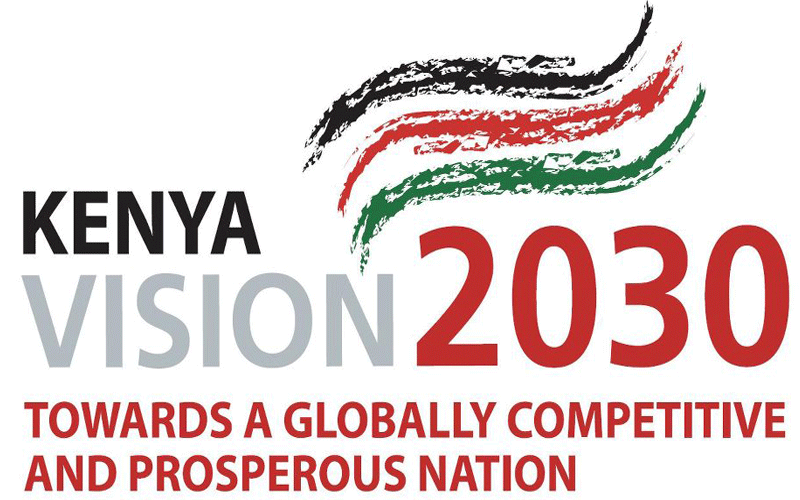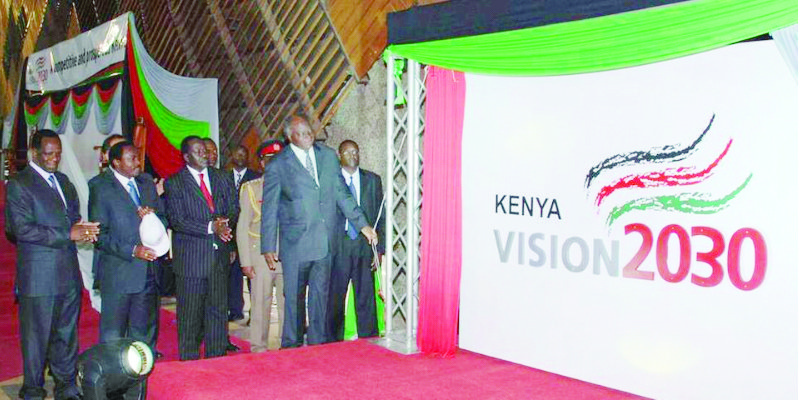Place emphasis on Vision 2030 not bottom up model

For someone seeking to ascend to the highest office in the land to insist on deceiving the population in the name of “bottom up economic model” is most cruel, displaying a cynical attitude towards the youth.
Granted Kenya has a youth unemployment problem. Granted the youth are deserving of policy attention aimed at addressing their very legitimate frustrations.
But Kenyan youth deserve respect due to them as citizens, and should be shielded from exploitation through incitement.
A political project should not be allowed to incite the unemployed youth that their misery is a result of wrong government policy or absence of good policies.
It should be stopped from inciting Kenyan youth that government left them to their own devices, which is untrue.
Ruto must be called out for inciting Kenyan youth.
Two factors should suffice why Dr Ruto and his cohorts should stop their campaign. This is because by dint of their education and public positions, Dr Ruto and his economic affairs advisor, Dr David Ndii, are familiar with Vision 2030 planning blueprint, its foundational parameters, social economic objectives and policy projections.
Vision 2030 highlights include a demographic milestone that hits in the year 2027, when Kenya population living in urban centres is expected to cross the 50 per cent mark.
This has consequential implications for a developing economy like Kenya in terms of service delivery, employment, housing, infrastructure connectivity, political stability among others.
Among policy responses in readiness to meet the needs of increasing and majority urban population include the affordable housing under the Affordable Housing pillar of the Big 4 Agenda.
Another frontier in the multi-facetted policy responses is the highly subsidised, accelerated and expanded Technical, Vocational Education and Training (TVET) to impart employable skills to school leavers that they rely on to seek employment, utilise for self-employment, in addition to creating a pool of technical skills driving the ongoing lift-off of the Kenya economy to the Take-Off stage.
With all this in mind, it is clear Kenyan youth need information, not radicalisation, they do not need wheelbarrow technology for a fast urbanising population and industrialising economy.
Second, Dr Ruto and Dr Ndii should be familiar with W.W. Rostows theory of stages of economic development. Economic growth, economic development and transformation of economic fortunes of a society and country is not an abracadabra moment.
It is hard work that takes time to plan, execute and grow from primitive subsistence production stage of hunter-gatherers, to sophisticated industrial self-propelling stage which Rostows described as take-off stage.
Rostows’ fourth stage of economic development, the take-off stage, one he also describes as “drive to maturity” stage is characterised with “diversification of the industrial base, multiple industries expand and new ones take root quickly, manufacturing shifting from investment-driven (capital goods) towards consumer durables and domestic consumption, rapid, development of transportation infrastructure”.
The take-off stage is also marked by large-scale investments in social infrastructure-schools, universities, hospitals (health)- all aimed at growing a healthy and vibrant human capital to drive further economic growth and production to create high quality and well- paying jobs.
A key character of this take-off stage is primary production (eg agriculture, manual mining, fishing etc) sheds more and more man power to the secondary production (industry and service sectors)
This is where Kenya is, it took hard work, it is a good exciting projectile with good prospects and can only get better in days to come.
— Sammy Kwinga is a Political Scientist. [email protected]












